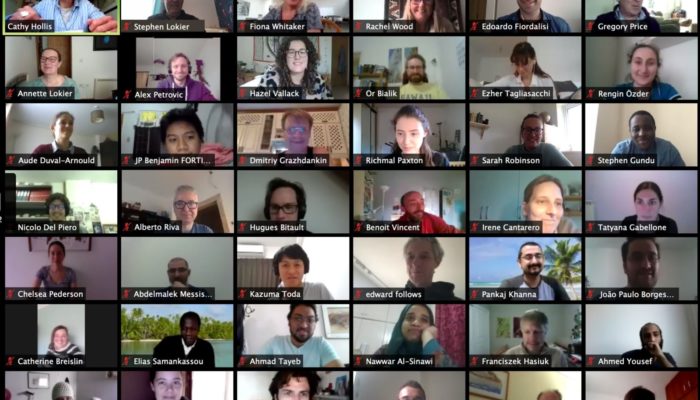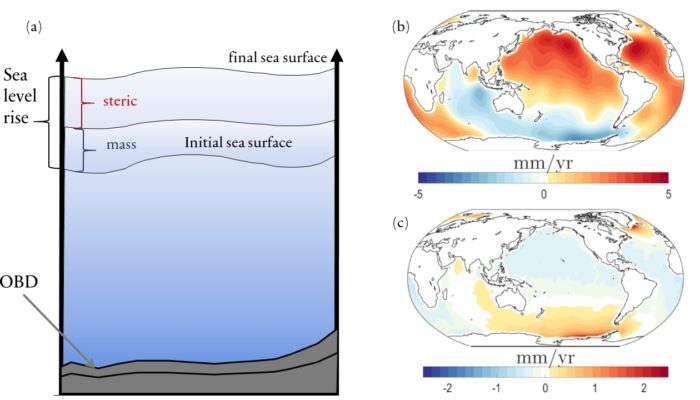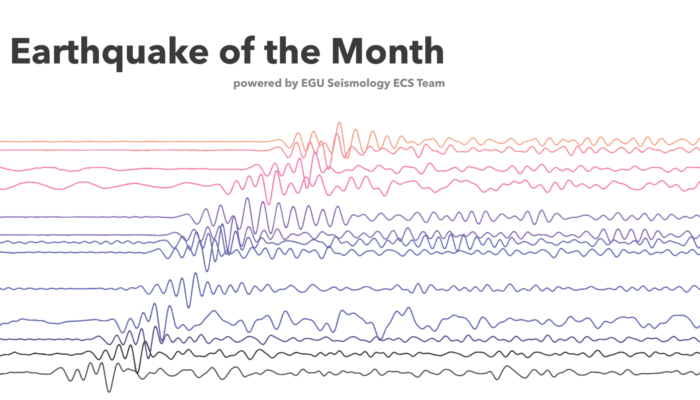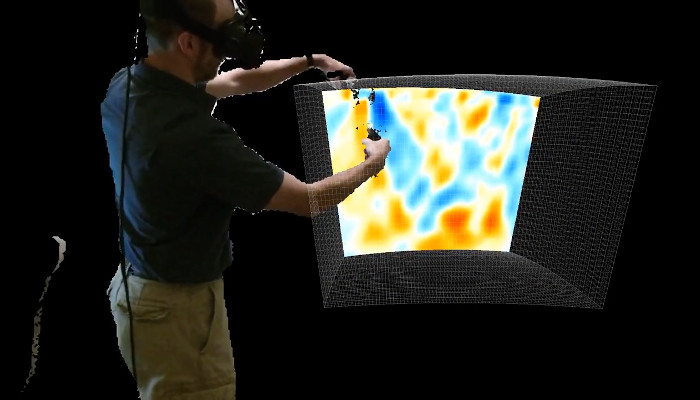One of the major motivations behind research into solar-terrestrial physics is the potential consequences of space weather on our technologically dependent society. Given this risk, recognised by many governments around the world, it is a little concerning that a sizable fraction of the public have never even heard of the term “space weather” – for example a recent public dialogue in the UK showed ...[Read More]
Stratigraphy, Sedimentology and Palaeontology
Tips for presenting a Webinar
While many of us are experienced in giving presentations before a variety of audiences, for some, the switch to a remote presentation format can be daunting. With this in mind, and based on our experiences at sedsonline.com I have put together the following tips for our community – these are in no way exhaustive, but I do hope that you find them useful and I welcome any feedback or comments. Happy ...[Read More]
Cryospheric Sciences
Women of Cryo II: Dr Lu Li
Women make up 50.8% of the worlds population, yet fewer than 30% of the world’s researchers are women. Of this percentage, BAME (Black Asia and Minority Ethnic) comprise around 5%, with less than 1% represented in geoscience faculty positions. The divide between women in the population and women in STEM needs to be addressed. Through a series of blog posts we hope to raise the voice of women in th ...[Read More]
Climate: Past, Present & Future
The ocean floor is sinking under the weight of sea level rise
Sea level rise is one of most dreadful consequences of anthropogenic (caused by humans) global warming. It is estimated that the loss of coastal infrastructure alone would cost the global economy more than 1 trillion dollars per year by 2100 [1]. This number is based on climate models, but these are only as good as our current understanding of the sea level rise. Therefore, researchers are monitor ...[Read More]
Geodynamics
The Sassy Scientist – Join the Club?
With his dazzling wit, charm and handsome moustache, Groucho has an engagements calendar that would make the most sparkly socialite jealous. He therefore asks: Should you ever turn down an invited presentation? Dear Groucho, If being dead since 1977 isn’t enough to get you out of an awkward invited spot, I recommend you follow your own advice: I refuse to join any club that would have me as ...[Read More]
Seismology
Earthquake of the month: Bransfield Basin – Antarctica M 5.4
As well as August, September was not highlighted by a large event (> M 7). The TOP 3 strongest earthquakes which occurred during this month correspond to a strike-slip earthquake in the Mid-Atlantic Ridge (M 6.9), an interplate EQ in central-north Chile (M 6.8), and another EQ in a different segment of the Mid-Atlantic Ridge (M 6.7). Furthermore, the largest event in Europe occurred on Septembe ...[Read More]
Nonlinear Processes in Geosciences
Can we connect the exceptional floods in France and Italy associated with the storm Alex to climate change?
The first days of October were marked by an extreme weather event: storm Alex, a cyclone of Atlantic origin, caused massive showers and thunderstorms over Provence, the Alps, Piedmont and Liguria. In these regions, numerous historical records of precipitation were broken causing the flooding of several streams and rivers in which many people lost their lives. Economic damage was also significant a ...[Read More]
Geodynamics
Interactive and Collaborative Virtual Reality Visualization for Geodynamics
Nowadays geodynamics can involve a lot of 3D data which has to be analyzed. This week Oliver Kreylos, a researcher with the UC Davis W.M. Keck Center for Active Visualization in the Earth Sciences (KeckCAVES) and the UC Davis DataLab, shows us an alternative to looking at 3D data or models on a 2D screen: looking at them in full 3D through virtual reality! One problem in studying Earth’s dee ...[Read More]
Hydrological Sciences
Virtual Meetings: Hypnotic sedative or effective stimulant?
Some people claim that teaching online courses or virtual workshops is not very different from face-to-face meetings. In my experience, however, it is much harder to sneak away secretly from a half-occupied seminar room than to withdraw from a virtual meeting where you simply mute the speaker to work on your emails located only one mouse click away. And that’s not all! In contrast to physically pr ...[Read More]
Tectonics and Structural Geology
TS Must-Read – Wilson (1966) Did the Atlantic close and then re-open?
J.T. Wilson published “Did the Atlantic close and reopen?” in 1966, giving birth to the so called “Wilson Cycle”. The article is a key steppingstone for the theory of plate tectonics, and it is a must-read paper not only in tectonics studies but also in paleontology and stratigraphy. The questions raised can be generally abridged in two: “Why regions with similar fauna can be very far from each ot ...[Read More]









